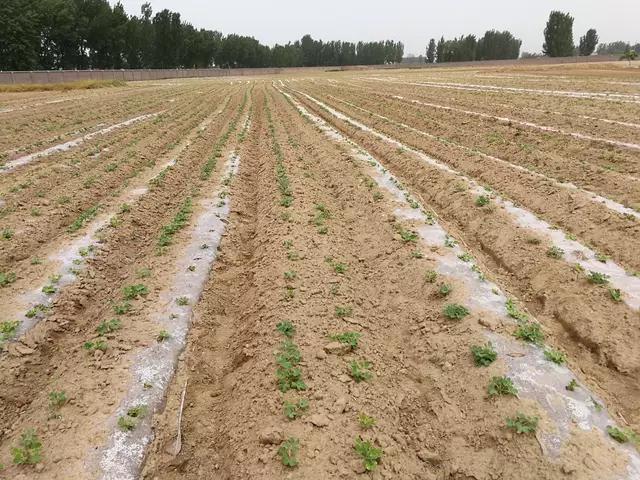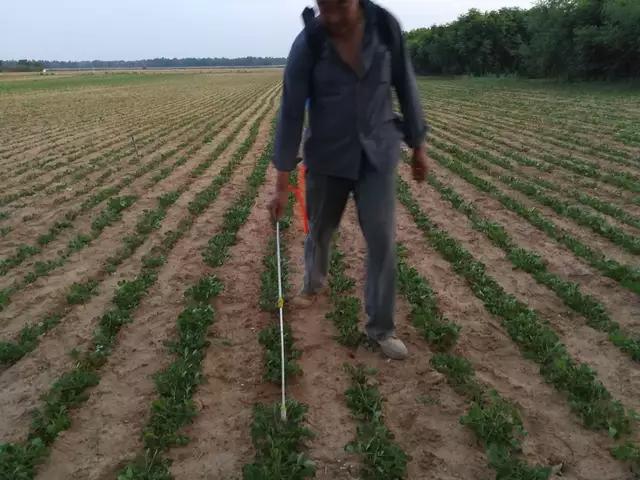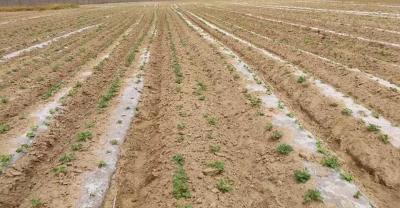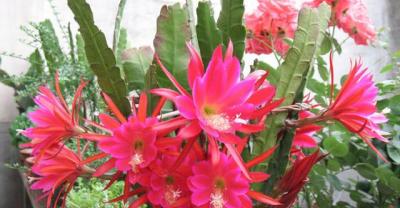What kind of soil is suitable for growing peanuts?
Soil texture mainly affects the supply of nutrients and oxygen to peanuts. Peanuts do not have strict requirements on soil, except for particularly clayey soil and saline-alkali soil, peanuts can be planted.
However, because peanut is a flowering crop above ground and fruiting underground, sandy soil with loose tillage layer and deep active soil layer is the most suitable for high quality and high yield. The sandy loam which has certain fertility and can be loose has good ventilation and water permeability, which can ensure that the fruit needle can enter the soil smoothly; it is rich in phosphorus and potassium nutrients, the pod surface is smooth, the shell is thin, the seed kernel is full, the quality is good, and the harvest is convenient. Deep and loose soil is good for peanut root system development, which is beneficial to the activity of aerobic rhizobium and other microorganisms; on the contrary, soil consolidation, waterlogging and soil pH lower than 5.5 are not conducive to root nodule formation and rhizobium reproduction. The mechanical friction of soil particles in the process of pod development is one of the main factors to stimulate pod expansion. Without this mechanical stimulation, the ovary cannot be enlarged or fully enlarged.

The soil requirements of high-yield fields are as follows: (1) the whole soil layer of the deep high-yield field should be more than 50 cm, the tillage layer is about 30 cm, and the resulting layer is loose and permeable. 99% of peanut roots are distributed within 50 cm, and the main roots are more than 1 meter deep. Therefore, the depth of soil is very important for the growth and development of peanut roots.
(2) the proportion of good soil physical sediment is 6:4, the bulk density is 1.35g / cm, the total porosity is more than 40%, the capillary porosity is small in the upper layer and the lower layer is large, and the non-capillary porosity is large in the upper layer and small in the lower layer.

(3) the loose and fertile topsoil layer of more than 10 cm is the fruiting layer in which the peanut rhizome grows and the fruit needle enters the soil. The soil is required to be sandy loam with good permeability, dry and non-sticky when wet. The content of organic matter is more than 1%, the content of total nitrogen is 0.05%-0.07%, the content of available phosphorus is 24025 mg / L, the content of available potassium is 54-74 mg / L, and the pH is 6-7.
(4) the early field soil should meet the content limits of various pollutants and the soil environmental quality is good, reaching the national "soil Environmental quality Standard" and "Agricultural Product Safety quality Standard". Medium or above fertility, pathogen infection or occurrence of wireless disease or Fusarium wilt. Soil conditions should meet the requirements of GB15618-1995 "soil Environmental quality Standard": pH values are different, the limits of some pollutants in the soil are different. The higher the pH value, the greater the limit value of cadmium and mercury pollutants in the soil; the smaller the pH value, the greater the arsenic content; the limits of lead, cadmium and copper are not affected in a certain pH range.

There were differences in soil adaptability among different peanut varieties. For example, common peanut varieties, planted on aeolian sandy soil, help to prevent erosion and maintain water; pearl bean peanut varieties absorb less calcium than common large peanut varieties during the national public growth period, and can be planted on calcium-deficient sour red soil and yellow loam soil. [teacher Shang of Fuda Peanut Network]
- Prev

The most complete regionalization of corn planting in the country
This article is edited by Zhizi Network. Please indicate the original source when reproduced. Add WeChat account of Zhizi Network: inovoseed compilation | Xinrui Hengfeng Research Institute has a vast territory in China.
- Next

Technical scheme for planting watermelon in the whole process
On November 7, 2017, Wang Hanrong, a researcher at the second Watermelon Industry Forum of Zhejiang Academy of Agricultural Sciences, delivered a keynote speech on "the Technical Plan for the whole process of Watermelon planting". ...
Related
- Fuxing push coffee new agricultural production and marketing class: lack of small-scale processing plants
- Jujube rice field leisure farm deep ploughing Yilan for five years to create a space for organic food and play
- Nongyu Farm-A trial of organic papaya for brave women with advanced technology
- Four points for attention in the prevention and control of diseases and insect pests of edible fungi
- How to add nutrient solution to Edible Fungi
- Is there any good way to control edible fungus mites?
- Open Inoculation Technology of Edible Fungi
- Is there any clever way to use fertilizer for edible fungus in winter?
- What agents are used to kill the pathogens of edible fungi in the mushroom shed?
- Rapid drying of Edible Fungi

